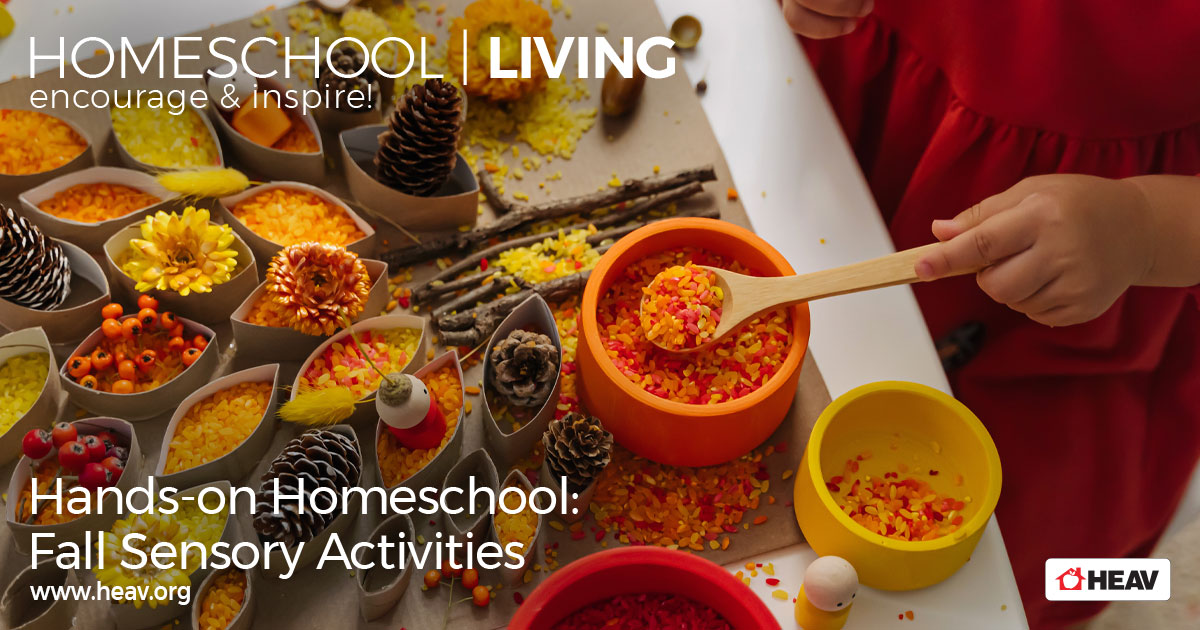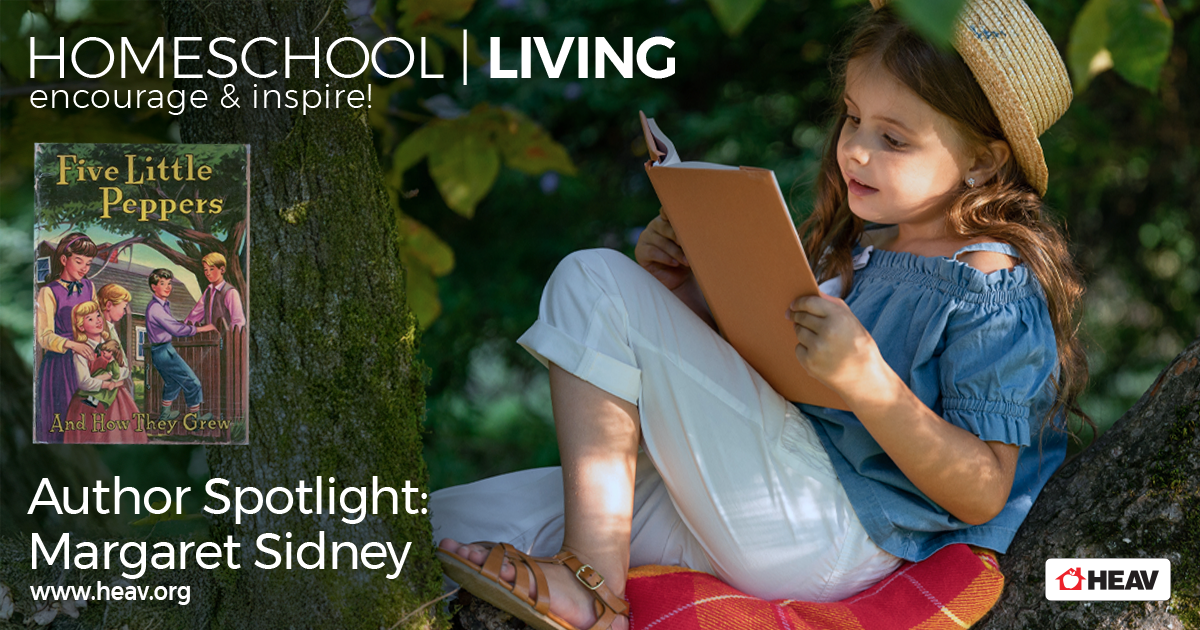Fall Homeschool Sensory Activities
Sensory activities and fall afternoons are perfect for some hands-on fun in your homeschool.
You’ll be able to spend some time outdoors, soak up the last of the sunshine, and keep the mess outside.
These activities require few supplies (most of which you likely already have on hand) and little prep time. The best part? These fall homeschool sensory activities provide natural learning opportunities that are perfect for an unstructured approach that blends right into your homeschool living!
Autumn brings a world of textures, colors, and smells that are perfect for exploration. With a little creativity, even a pile of leaves or a pumpkin can become the centerpiece of a learning adventure. Hands-on activities like these encourage observation, problem-solving, and creative thinking—all essential skills that grow through play.
Start simple with a fall sensory bin. Gather natural materials from your backyard or a walk around the neighborhood—think pinecones, acorns, dried corn, leaves, and cinnamon sticks. Add scoops, cups, and bowls for pouring and sorting, and watch your children immerse themselves in sensory discovery. For even more inspiration, The Artful Parent shares 10 Fun Fall Sensory Play Activities for Kids that are safe, engaging, and easy to set up.
If your learners love art, try corn on the cob painting, a favorite for both creativity and tactile fun. Rolling painted corn across paper creates beautiful textures and patterns while strengthening fine motor skills. You can find directions and ideas for variations at Fun-a-Day.
For a little more action, hand your preschoolers a toy hammer and let them try a pumpkin hammering activity. It’s a fantastic way to practice hand-eye coordination and focus, and the satisfying “thunk” of the hammer into the pumpkin is sure to be a hit.
Nature itself is one of the best learning tools you have. Whole Child Homeschool shares great ideas for fall homeschool sensory activities, including pairing sensory exploration with science by creating a “leaf report.” Children can collect leaves, describe their shapes and colors, and record observations—turning outdoor play into an easy, nature-based science lesson.
Want to tie all this hands-on fun into a broader learning theme? Check out this Homeschool Living for literature, nature study, and creative projects that complement your homeschool sensory play. It’s a wonderful way to build a full, seasonal learning experience rooted in curiosity and connection.
How about you? Share your favorite fall homeschool activities with us, and let’s keep inspiring one another to make homeschool learning as rich and colorful as the season itself!
Find more inspiration for your homeschool living at HEAV.org.
Megan Mora Fuentes
Enjoy this article?
For more insightful and encouraging homeschool related articles, homeschool living tips, and homeschool connections, visit our HEAV blog.










